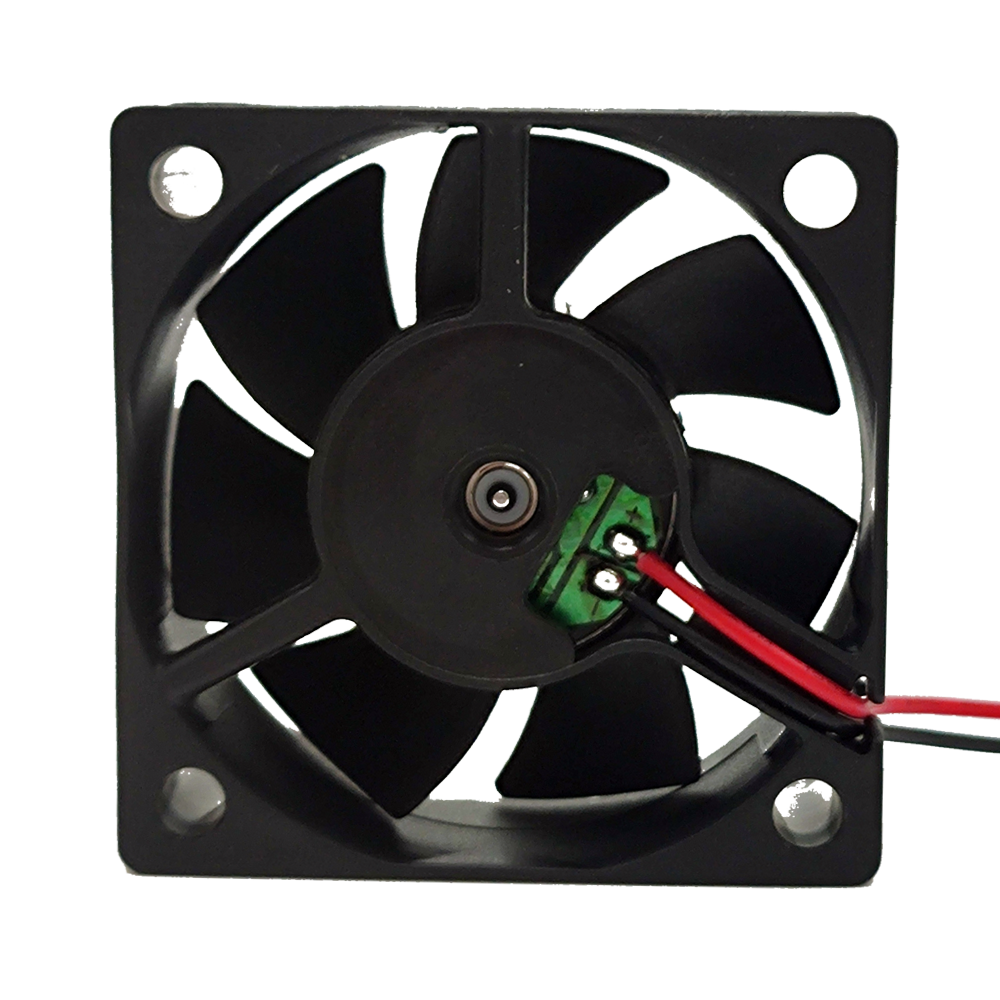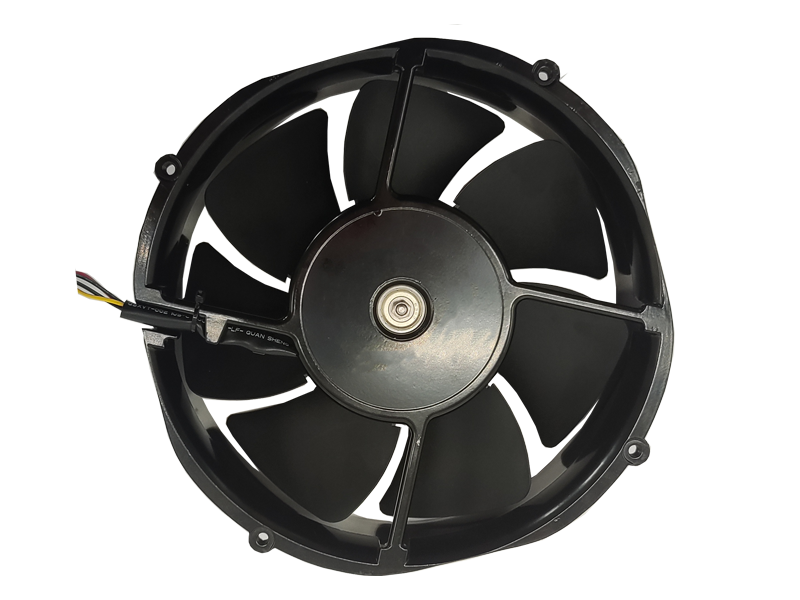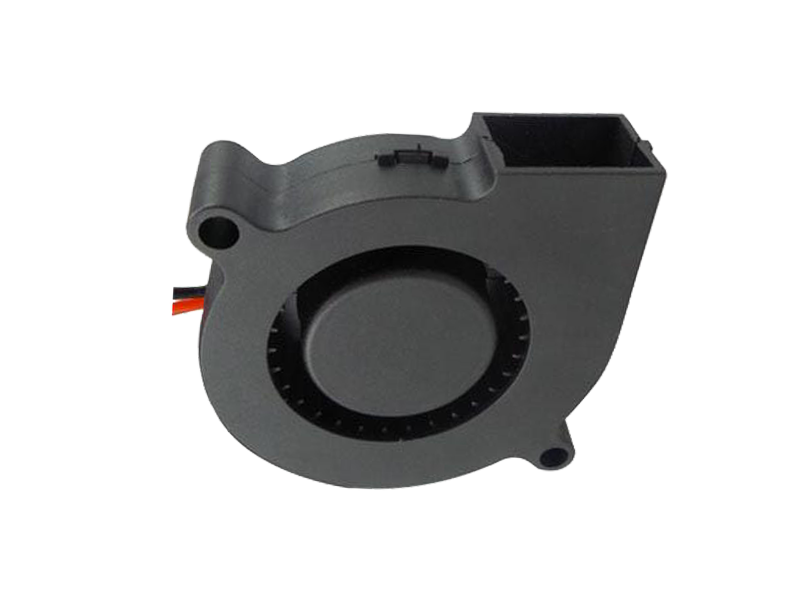Introduction
The Fourth Industrial Revolution has redefined manufacturing, and industrial fans are at the heart of this transformation. No longer mere mechanical devices, modern industrial fans are becoming intelligent, connected systems that optimize energy use, prevent downtime, and integrate seamlessly with factory automation. This article explores how product teams are embedding Industry 4.0 technologies into industrial fans, balancing innovation with practicality to meet the demands of smart factories.
The Rise of Smart Industrial Fans
1. IoT Connectivity: From Isolated to Interconnected
Industrial fans now act as nodes in broader industrial IoT (IIoT) ecosystems:
Wireless Protocols: BLE, Zigbee, or Wi-Fi modules enable real-time data transmission to cloud platforms.
Edge Computing: Onboard processors (e.g., ARM Cortex-M7) analyze vibration, temperature, and airflow data locally, reducing latency.
Case Study: A German automotive plant integrated fans with Siemens MindSphere, enabling predictive maintenance alerts that cut unplanned downtime by 35%.
2. Predictive Maintenance: Anticipating Failures Before They Happen
Sensors embedded in fans monitor:
Bearing Health: Accelerometers detect early-stage wear via vibration signatures.
Motor Current: Fluctuations indicate overload or electrical faults.
Airflow Quality: Particulate sensors in dusty environments trigger filter replacement alerts.
Case Study: A U.S.-based food processing plant reduced bearing replacement costs by 60% using fans with built-in vibration analysis, avoiding $2M/year in potential losses.
AI-Driven Optimization: Beyond Basic Automation
1. Machine Learning for Dynamic Control
Fans adjust operation based on:
Demand Forecasting: AI models predict cooling needs using historical data and external factors (e.g., outdoor temperature).
Energy Arbitrage: Fans throttle during peak electricity tariffs and ramp up during off-peak periods.
Case Study: A South Korean semiconductor fab used ML-driven fans to cut energy costs by 22%, aligning cooling with chip fabrication cycles.
2. Digital Twins: Virtual Replicas for Real-World Insights
Manufacturers create digital twins to:
Simulate Stress Tests: Predict fan performance under extreme conditions (e.g., 50°C ambient temperature).
Optimize Layouts: Use CFD simulations to position fans for maximal airflow efficiency.
Case Study: A Chinese steel mill reduced fan energy use by 18% after digital twin analysis revealed suboptimal ductwork designs.
Challenges in Smart Fan Adoption
1. Cybersecurity Risks
Connected fans are vulnerable to:
Ransomware Attacks: Disrupting fan operation could halt production lines.
Data Breaches: Proprietary airflow algorithms or client energy usage patterns are high-value targets.
Mitigation: Fans now include hardware security modules (HSMs) and TLS encryption for data transmission.
2. Interoperability Issues
Legacy systems often use incompatible protocols (e.g., Modbus vs. BACnet). Solutions include:

Gateway Devices: Translate between protocols.
Open Standards: Adoption of OPC UA for unified communication.
Future Trends: Autonomous and Self-Optimizing Fans
1. Swarm Intelligence
Fans in large installations (e.g., warehouses) could coordinate via decentralized algorithms, balancing airflow without central control.
2. Energy Harvesting
Kinetic energy from fan rotation or thermal differentials could power IoT sensors, reducing reliance on batteries.
Conclusion
Industrial fans are evolving from passive components to active participants in smart manufacturing. By embracing IoT, AI, and digital twins, product teams are delivering fans that not only cool spaces but also optimize entire production ecosystems. The challenge lies in balancing cutting-edge innovation with the pragmatic needs of industrial clients—proving that even in the digital age, the humble fan remains a cornerstone of industrial progress.
Recommended Products

The main purpose:Car charging station

The main purpose:Car charging station

The main purpose:Electronic refrigerators, water dispensers, direct drinking machines, inverter power supplies
Address:No. 4137, Longgang Avenue (Henggang Section), Henggang Community, Henggang Street, Longgang District, Shenzhen
hotline:13530005572(Chen)15112579390(Li)


Welcome all friends to come for consultation and negotiation.
Copyright 2024 @ Shenzhen Youneng Xinyuan Electronics Co., Ltd.,(industrial fans,industrial blowers,axial fans,cooling fans manufacturer,centrifugal fans,ac cooling fans,dc cooling fans)